Why My Love Affair with Dates?
I love, love, love dates (Medjool are my favorites). With your permission, I’d like to tell you why, and invite you to consider a love affair with them as well.
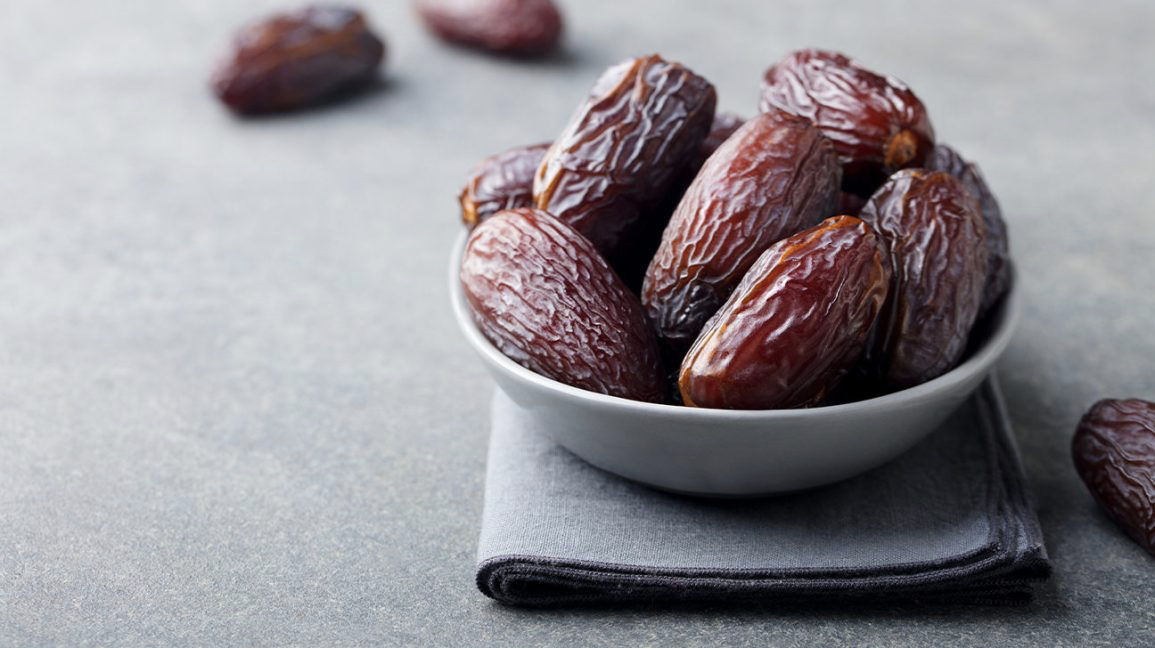
First of all, there are the health benefits these delicious morsels contain. Dates are bursting with important vitamins and minerals, in addition to a significant amount of fiber. For instance, a 3.5-ounce (100-gram) serving provides the following:
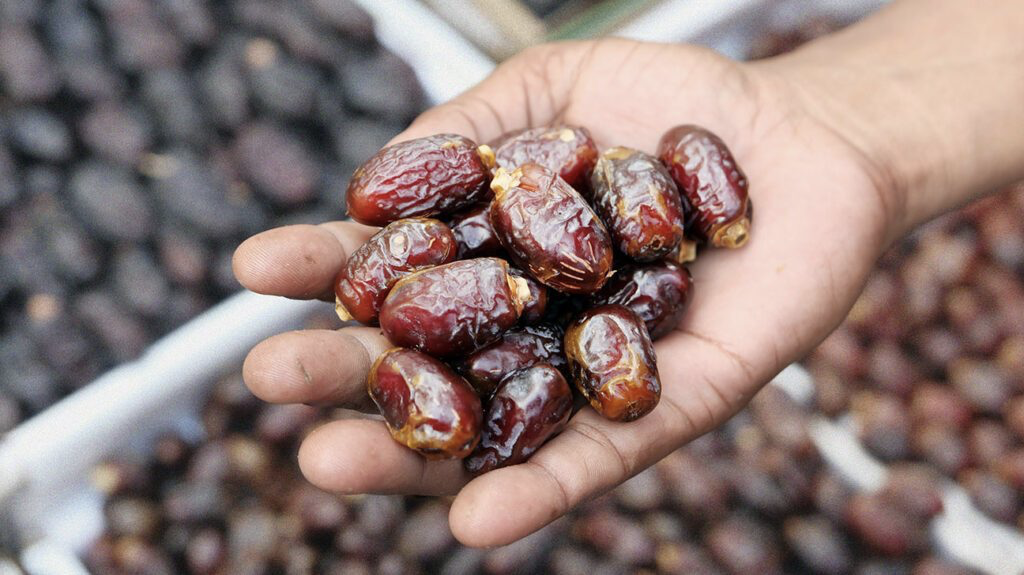
And other studies show dates benefit the brain by lowering inflammatory markers like interleukin (which is associated with a higher risk of neurodegenerative diseases such as Alzheimer’s) and help reduce amyloid-beta protein activity (which forms brain plaque and also contributes to Alzheimer’s).
Next, it’s easy to be blown away by all the incredible ways dates can be used. You can find them rolled in coconut and nuts, blended into milkshakes, as date jam, as date coffee, and even as a sugar. Simply put, dates are one of nature's healthiest and tastiest treats!
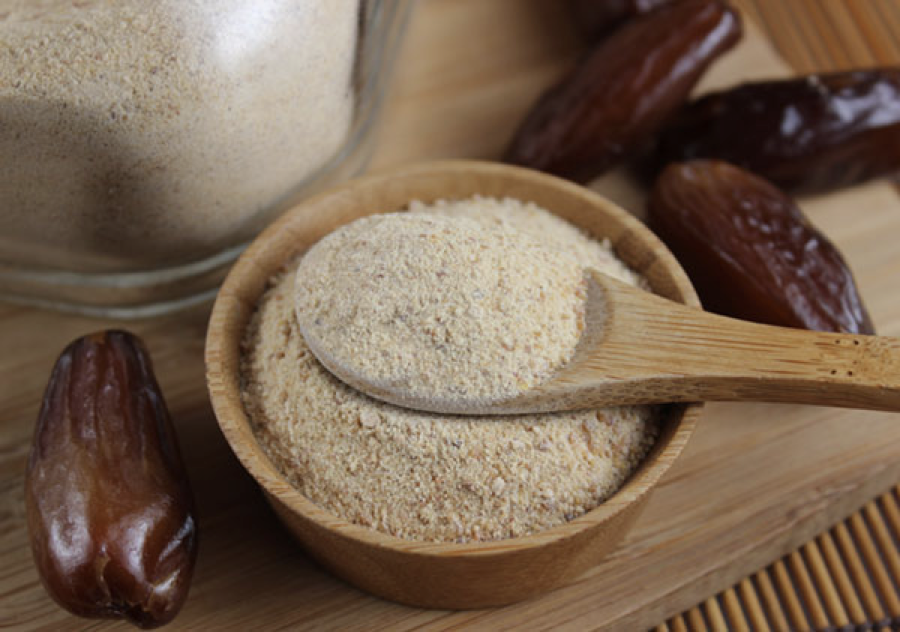
Even as a SUGAR? I hope you see how impressive that little statement is. A sugar that doesn’t just sweeten things, but that actually delivers a health punch? Whoa!
Date sugar is a different product than date PALM sugar, despite the fact that both come from the same tree. Date palm sugar is made from the sap of the date tree while date sugar is made from the tree’s fruit ground up into small particles. Date sugar tastes more like brown sugar and has a caramel taste.
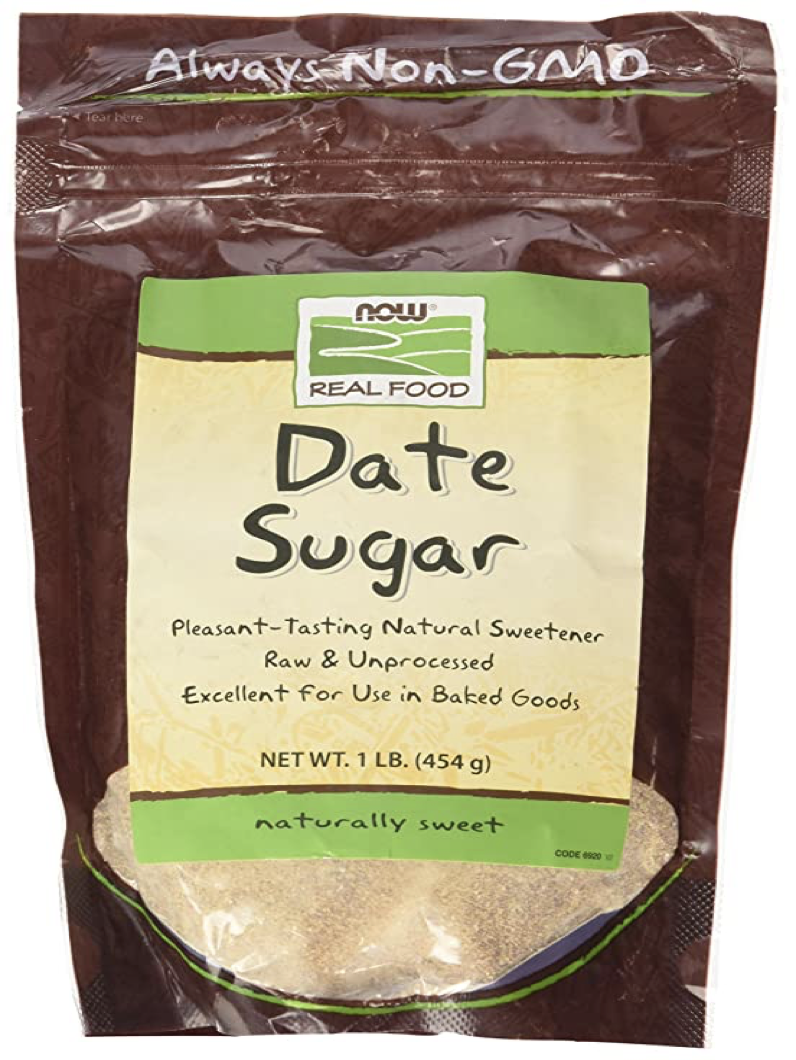
Date sugar is as sweet as brown sugar and can be used as 1:1 substitute for it in recipes. In every teaspoon you get two grams of fiber and it is one of the lowest sugars on the glycemic index coming in at 50 whereas regular sugar is 67. But again, the impressive news: Because date sugar is simply ground whole dried fruit, it contains ALL the fruit’s nutrients — vitamins, minerals, antioxidants, and fiber.
Also, it has ten calories per teaspoon (about one-third lower calories than regular sugar). There is just one drawback to substituting date sugar for regular sugar: In baked goods it doesn't melt like regular sugar but rather, stays creamy.
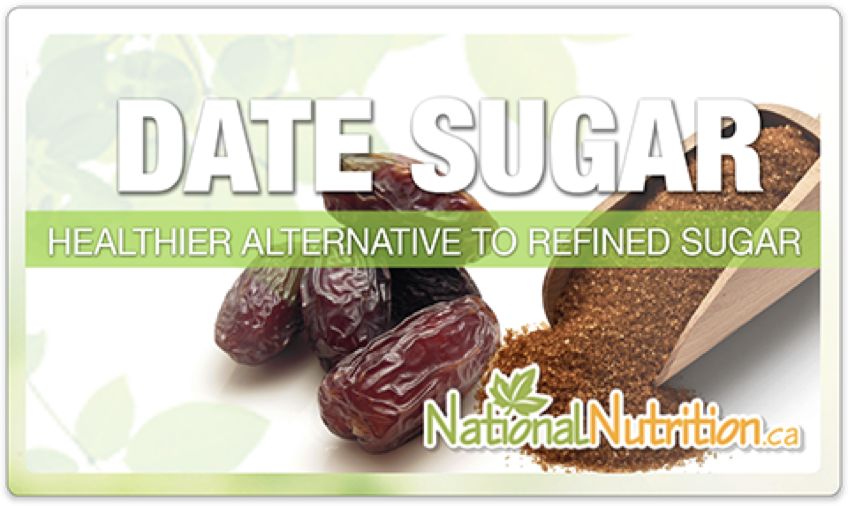
Have I made a strong enough case for my love of dates? Convinced you might want to engage in this love affair as well? To cinch the deal, here’s a sourdough bread recipe you might try (found on www.culturedfoodforlife.com). It’s sweetened with raw honey and dates and contains flax seeds.
You let the dough ferment in the refrigerator, which adds a special bacteria to it, thus reducing the phytate inhibitors that are so hard on the body. This fermenting also increases the nutrients that make the bread easier to digest.
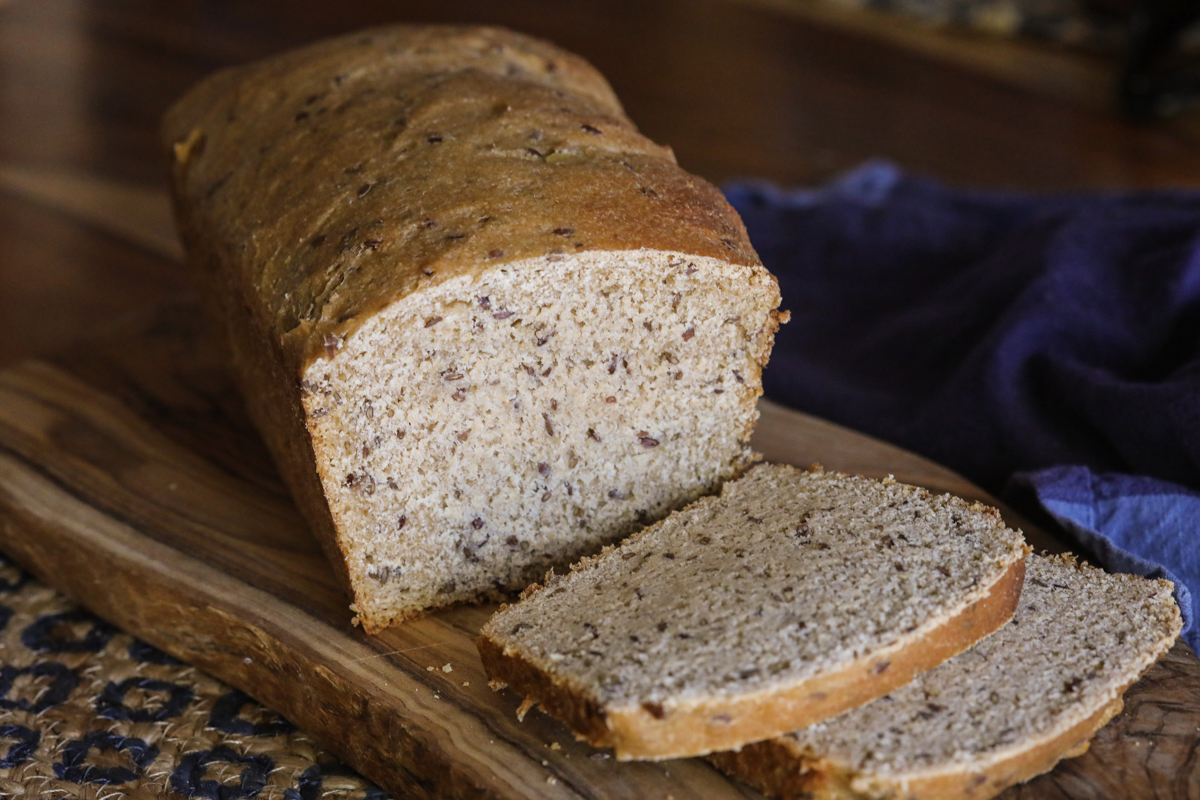
1 cup sourdough starter bubbly and active
1 cup water
1/4 cup extra virgin olive oil
1/4 cup raw honey
4 whole dates pitted and chopped
1/4 cup flaxseed
2 teaspoons sea salt
3 1/2 cups white whole wheat flour (do not use sprouted flour; spelt flour also works well)
Directions:
Add Recipe to Cook'n

First of all, there are the health benefits these delicious morsels contain. Dates are bursting with important vitamins and minerals, in addition to a significant amount of fiber. For instance, a 3.5-ounce (100-gram) serving provides the following:
- Calories: 277
- Carbs: 75 grams
- Fiber: 7 grams
- Protein: 2 grams
- Potassium: 20% of the RDI
- Magnesium: 14% of the RDI
- Copper: 18% of the RDI
- Manganese: 15% of the RDI
- Iron: 5% of the RDI
- Vitamin B6: 12% of the RDI

And other studies show dates benefit the brain by lowering inflammatory markers like interleukin (which is associated with a higher risk of neurodegenerative diseases such as Alzheimer’s) and help reduce amyloid-beta protein activity (which forms brain plaque and also contributes to Alzheimer’s).
Next, it’s easy to be blown away by all the incredible ways dates can be used. You can find them rolled in coconut and nuts, blended into milkshakes, as date jam, as date coffee, and even as a sugar. Simply put, dates are one of nature's healthiest and tastiest treats!

Even as a SUGAR? I hope you see how impressive that little statement is. A sugar that doesn’t just sweeten things, but that actually delivers a health punch? Whoa!
Date sugar is a different product than date PALM sugar, despite the fact that both come from the same tree. Date palm sugar is made from the sap of the date tree while date sugar is made from the tree’s fruit ground up into small particles. Date sugar tastes more like brown sugar and has a caramel taste.

Date sugar is as sweet as brown sugar and can be used as 1:1 substitute for it in recipes. In every teaspoon you get two grams of fiber and it is one of the lowest sugars on the glycemic index coming in at 50 whereas regular sugar is 67. But again, the impressive news: Because date sugar is simply ground whole dried fruit, it contains ALL the fruit’s nutrients — vitamins, minerals, antioxidants, and fiber.
Also, it has ten calories per teaspoon (about one-third lower calories than regular sugar). There is just one drawback to substituting date sugar for regular sugar: In baked goods it doesn't melt like regular sugar but rather, stays creamy.

Have I made a strong enough case for my love of dates? Convinced you might want to engage in this love affair as well? To cinch the deal, here’s a sourdough bread recipe you might try (found on www.culturedfoodforlife.com). It’s sweetened with raw honey and dates and contains flax seeds.
You let the dough ferment in the refrigerator, which adds a special bacteria to it, thus reducing the phytate inhibitors that are so hard on the body. This fermenting also increases the nutrients that make the bread easier to digest.

Donna's Sourdough Date and Flax Bread
Ingredients:
1 cup sourdough starter bubbly and active
1 cup water
1/4 cup extra virgin olive oil
1/4 cup raw honey
4 whole dates pitted and chopped
1/4 cup flaxseed
2 teaspoons sea salt
3 1/2 cups white whole wheat flour (do not use sprouted flour; spelt flour also works well)
Directions:
1. Add ingredients, in order, to mixing bowl with a dough hook. If you don’t have a mixer, you can do it by hand.
2. Process dough until it pulls away from the bowl if you have a mixer. If doing it by hand, mix and knead for 5 to 10 minutes.
3. Place in a greased bowl and cover. Place in a warm location with no drafts. Let it rise until doubled, which can take 4 to 7 hours depending on the warmth of your kitchen and strength of your starter. This is when the good bacteria in the starter transforms the bread and breaks down all the inhibitors that tend to wreak havoc on the gut.
4. After it has doubled, punch down dough and place into greased baking pan. Cover with plastic wrap that is coated with oil so it won’t stick to the bread. Place in the refrigerator and leave overnight.
5. The next day, leave it on the counter (still covered) for about an hour and heat up your oven during this time to 350°F.
6. Carefully remove the plastic wrap so as not to deflate the dough and then place bread pan in the oven. Bake for 35 minutes.
7. Remove the bread from the pan and place on a cooling rack.
2. Process dough until it pulls away from the bowl if you have a mixer. If doing it by hand, mix and knead for 5 to 10 minutes.
3. Place in a greased bowl and cover. Place in a warm location with no drafts. Let it rise until doubled, which can take 4 to 7 hours depending on the warmth of your kitchen and strength of your starter. This is when the good bacteria in the starter transforms the bread and breaks down all the inhibitors that tend to wreak havoc on the gut.
4. After it has doubled, punch down dough and place into greased baking pan. Cover with plastic wrap that is coated with oil so it won’t stick to the bread. Place in the refrigerator and leave overnight.
5. The next day, leave it on the counter (still covered) for about an hour and heat up your oven during this time to 350°F.
6. Carefully remove the plastic wrap so as not to deflate the dough and then place bread pan in the oven. Bake for 35 minutes.
7. Remove the bread from the pan and place on a cooling rack.
Recipe formatted with the Cook'n Recipe Software from DVO Enterprises.
Sources:
- www.realmomnutrition.com
- www.recipelion.com
- www.youtube.com
- www.substitutecooking.com
- www.thekitchenismyplayground.com
 Alice Osborne
Alice Osborne
Weekly Newsletter Contributor since 2006
Email the author! alice@dvo.com
